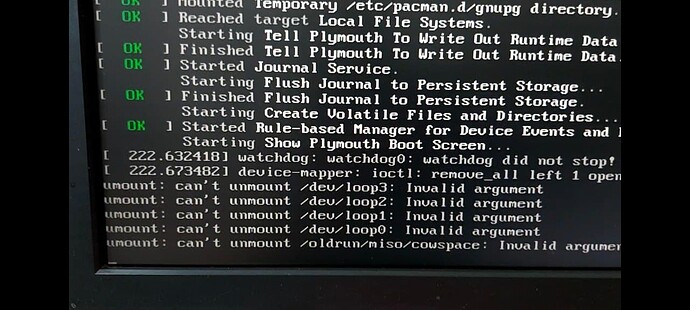I recently flashed my motherboard firmware, which for unknown reason, destroyed my ESP partition as well.
As a result, I need to reinstall my Manjaro, with no access to workable OS.
And due to a graphic card issue, I bought a new GFX card as well.
My settings:
AMD 5700G CPU
Gigabyte X570S Aorus Pro AX
Corsair DDR4 2*8GB
Silicon Power NVMe PCIe Gen3x4 M.2 1TB (ESP partition formatted)
Zotac RTX4060 8GB (new) / Sapphire R290 4GB (old)
BIOS setting: Secure boot OFF, TPM OFF. Fast Boot OFF.
Installer image: Manjaro-KDE-22.1.3-minimal-230529-linux61.iso
Installer tool: Ventoy v1.0.94 (GPT partition)
Using old AMD GFX card
Upon booting using R290, the card doesn’t support UEFI booting, and the MB auto set the CSM in BIOS to OFF mode.
I can boot into live media, and can perform installation of Manjaro normally.
Using new NVidia GFX card
When booting using RTX 4060, the CSM was set to OFF, and Ventoy was launched successfully.
However, when launching the live media, the launching process would stuck forever at this process:
“Starting Create Volatile Files and Directories”
The result is same, whether I select:
- Normal mode or Grub2 mode
- Open Source Driver or Proprietary Driver.
When I perform Ctrl+Alt+Del to reboot, this is the screenshot before PC rebooted, which I suppose is irrelevant to my issue…?
I have done some research:
https://forum.manjaro.org/t/manjaro-wont-boot-with-proprietary-nvidia-drivers-nor-liveusb-nor-installed-one/137138
https://forum.manjaro.org/t/not-able-to-boot-manjaro-kde-from-live-image/135648
And following the advice in the above 2 posts, I added ibt=off in the boot up command line, then proceed with the launch (tried with Normal mode or Grub2 mode, Open Source Driver or Proprietary Driver), but still same outcome.
Using copy of OS installed during old AMD GFX card
As Manjaro can be installed by using old AMD GFX card, I thought of swapping out the AMD card for NVidia card, after the installation complete.
However, when NVidia card is used, the working copy of Manjaro won’t boot normally - blank screen.
There is signal from the GFX card, but no content to show.
Conclusion?
So, as long as the GFX card is NVidia,
- live media cannot be launched
- installed Manjaro cannot be launched.
What can I do now?
Other than ibt=off, does anyone have any idea how to troubleshoot?
Or is this a known bug with NVidia cards in Linux environment, which cannot be solved at the moment?
Chipset specific issue? Kernel issue?
Appreciate any help!

